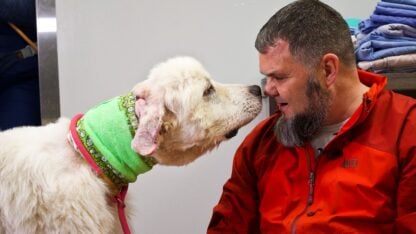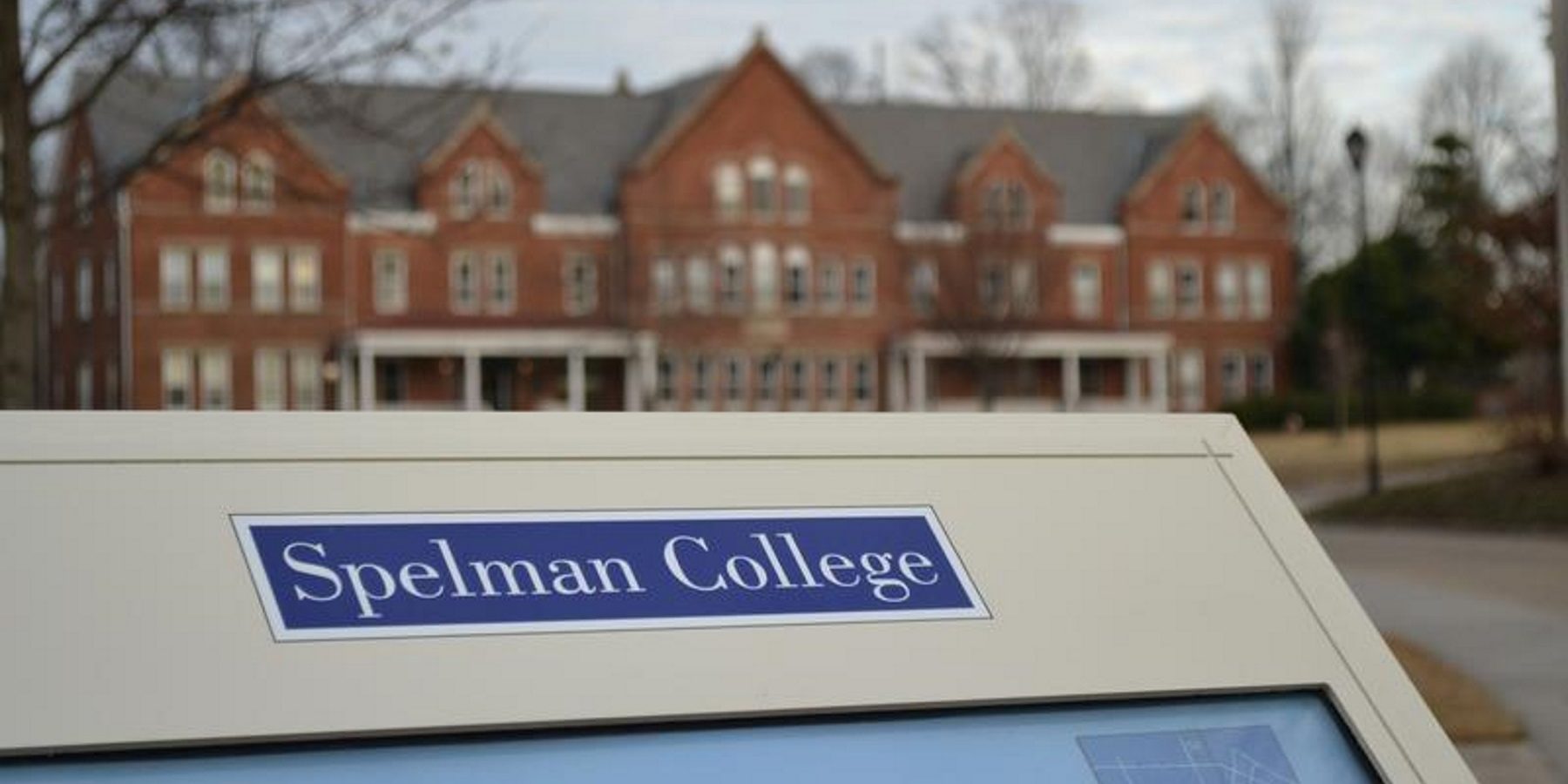The Fulton County Animal Services facility is modern and spacious, with 50,000 square feet dedicated to providing temporary homes for abandoned and lost dogs and cats. In generous compartments, the dogs lie, sleep and play. Some get excited as people walk by, seeking attention, sticking their heads out of their enclosures and barking happily. Names like Lexxi, Emmy, Trippy and Lady Whistledown are displayed on their cages.
However, space for pets is becoming increasingly scarce. The shelter only opened at the end of last year, yet the 50,000-square-foot facility is already nearing its capacity.
LifeLine Animal Project reported that 1,005 animals entered the DeKalb County Animal Services shelter in July, including 451 lost dogs. Additionally, LifeLine’s Fulton County operations took in 917 animals during the same period, marking the second-highest monthly intake in over 11 years. Audrey Shoemaker, the shelter director at LifeLine Animal Project at Fulton County Animal Services, reflects on the broader issue.
“Animal shelters are just a reflection of what’s going on in the community. So yes, I think there’s a number of different things that people are struggling with, so animals are struggling too.” – Audrey Shoemaker
Shoemaker also points out the rising costs of living and veterinary care, noting that it’s not just the high number of pets entering the shelter but also the relatively few owners coming to reclaim their dogs. Currently, only about 14% of dogs are returned to their owners. While the primary goal is to reunite animals with their families, if that’s not possible, efforts will be made to find them new homes.
Another challenge for the shelter is that fewer animals are being adopted or fostered. To address this, LifeLine is working with various programs to help find homes for these animals.
- Adoption: You can visit one of LifeLine’s shelters in Fulton or DeKalb County to meet available pets. The adoption process typically includes an application, a meet-and-greet and counseling to ensure the pet is a good fit for your home. The adoption fees cover vaccinations, spaying/neutering and a microchip.
- Fostering: Fostering is an option if you’re not ready for a permanent commitment. LifeLine provides all necessary supplies, and fostering helps reduce overcrowding in shelters. It’s also a way to give pets a temporary home while they wait for adoption.
- Rescue Partners: LifeLine collaborates with rescue groups that help place animals in permanent homes, either locally or through transport to other regions.
- Community Programs: LifeLine also offers community outreach programs, including initiatives to help keep pets with their current families by providing resources like low-cost vet care and pet food assistance.
A local teacher named Danielle was recently at the Fulton shelter waiting for cat food provided by LifeLine. She is temporarily taking care of some kittens.
“It was pretty amazing,” she said. “They got used to me so quickly and overcame their fear of contact. It definitely wouldn’t have been the same if they had stayed in the shelter.”
“If you’re looking for something specific, we often have good information on them,” Shoemaker said. “There are many ways to support animal shelters, and we need your help now more than ever.”
LifeLine offers free adoptions throughout August through their “Clear the Shelters” program. The pets are already spayed/neutered, vaccinated and microchipped.









